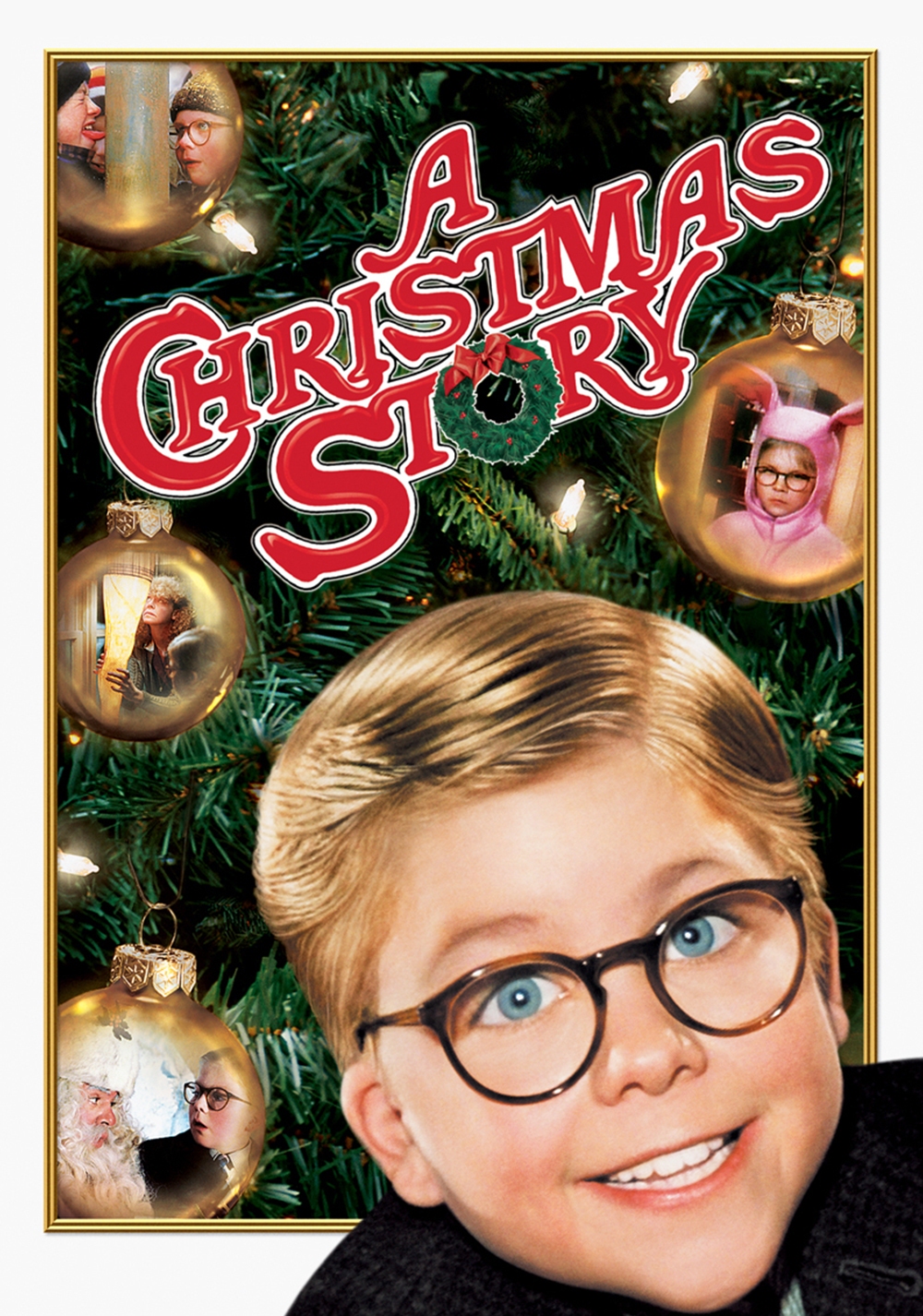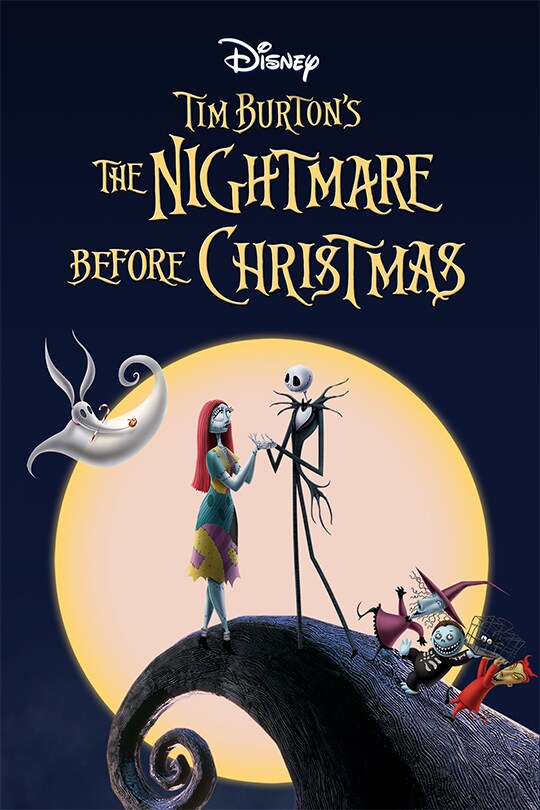Welcome back to Musings of an Arthritic Artist!
Today I'm going to be listing the book characters I relate to and explain why I relate to them. None of these characters are in any particular order. This is just the order I thought of them in.
Let's get into the post!
 |
| King, Alexandria. Musings of an Arthritic Artist. 2021. |
Jem Carstairs
First up is Jem Carstairs from The Infernal Devices series by Cassandra Clare. I just relate to Jem's personality. Another factor is his illness. Due to being poisoned by a demon as a child by yin fen (a demon poison which can be turned into an addictive drug), Jem is forced to routinely take the drug to live due to his body becoming dependent of it.
However, this is a double-edged sword that is pretty much lose-lose, due to the fact that he can't live without the yin fen, but the yin fen is killing him, so he has an overall short lifeline. I'm not terminally ill, so the fact that the yin fen is slowly killing Jem isn't the aspect of him--or his illness--that I relate to. It's in some of the things he says and just the way his personality is.
Kaz Brekker
Next is Kaz Brekker from the Six of Crows duology by Leigh Bardugo. I've only read the first book in this series, but I doubt the relatability will end there for me. Kaz is overall a generally hard person to relate to for me, particularly because of his personality and how cold and calculating he is. He's also a gang leader and a criminal, which is most definitely not something I relate to.
However, there is the small matter of his leg and the fact that he walks with a cane. I have never personally had to use a cane to get around, but I related strongly to Kaz's leg issues as well as some of the pain he mentioned. Due to my autoimmune disease, I tend to limp when my body is in the middle of a flare. Because of this, I relate strongly to Kaz and believe he's one of the best representations of disability I've come across in books.
Hermione Granger
Hermione from the Harry Potter series by J.K. Rowling was one of the first characters I related to. This one is due to personality. Hermione loves to learn. I love to learn as well. Hermione is just one of those characters I aspired to be. My work ethic isn't the best, so when I read this series, I used her as a role model to get a better work ethic. I would study random subjects. I would try to study smarter, not harder. Overall, I tried to be the student (and person) Hermione was.
There are many facets of Hermione's personality that I relate to. She relies a lot on logic, and I know that I do as well. I don't always need proof of things, but when it comes to certain subjects I do need proof. She and I can both be pretty perfectionistic as well.
Hermione can also be blunt, sometimes to the point of tactlessness, and this is something I strongly relate to. When it comes to me, my family knows that if you want the truth, I'll give the truth. I don't mince words if it isn't necessary. If one of my parents asks me how their meal that they cooked is, I will answer honestly regardless of if the answer is good or bad. I don't give answers just to make someone feel good, especially if they're asking for my opinion. Like Hermione, I also don't like lying.
Annabeth Chase
Next is Annabeth Chase from the Camp Half-Blood Chronicles. I related to Annabeth in a similar way to Hermione. Annabeth is very logic based, like I am. She is also wise, which I was called a couple times as a child. Annabeth can also be very stubborn. She loves knowledge and learning new things. She tends to talk very philosophically. I love having philosophical conversations. I find them very enjoyable and educational. They're just overall fun discussions to have.
Isabel Garfinkel
Isabel is a new addition to my relatability list. She is the protagonist in a book I recently read called Sick Kids in Love by Hannah Moskowitz. I have a review for this book coming in February. Isabel has rheumatoid arthritis (I'll go into more detail with this in my review), however (even though it's not stated in the book) she really has juvenile idiopathic arthritis. If I had to guess, I'd say that she has RF (rheumatoid factor)-positive polyarticular JIA which is the opposite type of polyarticular arthritis that I have (I have RF-negative).
Because of Ibby's diagnosis, I related strongly to her. There were aspects of her personality that I definitely didn't relate to, but her joint issues were never really unrelatable to me. Most of the stuff she and Sasha (the love interest) discussed when it came to chronic illness and disability were things I resonated with. Isabel is definitely high on my list for characters I relate to.
Leo Valdez
Leo Valdez is one my absolute all-time favorite characters. I related to Leo for multiple reasons. One reason is because he's a Texan. I didn't grow up in Houston, nor did I even grow up near Houston, but I've been to the city a couple times since I was a kid.
Two is because Leo is Hispanic, particularly Mexican descent. I loved this. Leo is a fantastic character who is so layered and I related to many parts of his personality as well. He's mischievous and can occasionally be a troublemaker, though never to the point of actual harm. Leo also uses a lot of self-deprecating humor, which is the type of humor I use the most. I also related to how he loved machines and working with his hands. Machines have always been something I'm fascinated with.
Though Leo's fatal flaw is never explicitly stated, it's suspected that it's feelings of inferiority and being unwanted or not trusted. If this is the case, then I relate to this. My self-esteem isn't the best, to be honest. It's gotten better over the years, but I think it's lower than most people despite how confident I act around people.
Laia of Serra
Laia is one of the main protagonists from the An Ember in the Ashes series by Sabaa Tahir. Laia is fiercely loyal to her family and friends. She's also very compassionate. While these were things about her personality that I related to, I related most to her protectiveness and love toward her family. The way Laia cared about her family was so admirable and relatable.
To me, the best thing on Earth is my family. I love them and would do pretty much everything for them. If my sister were in a position like Darin's (Laia's older brother), then I wouldn't hesitate to do the same things Laia did.
Newt
Newt was my favorite character from The Maze Runner series by James Dashner. The main reason was his limp. It's similar to the section where I talked about Kaz Brekker. I limp when my knees are affected in the middle of a flare. I loved that Newt had a limp. It made for an instant connection between him and I.
Jasper Cullen
Jasper from the Twilight Saga by Stephenie Meyer is an addition I came across last year when I read this series. Jasper was a pleasant surprise considering I didn't care for this series much. The way I relate to Jasper is on an emotional basis. Jasper is very empathetic. He can feel the emotions of others as if they're his own. Those emotions can affect him in some cases.
He can also manipulate the emotions in rooms, which, while I can't do on an extreme level or due to vampiric abilities, I can pull off in certain situations. Jasper was the main character I continued reading this series for. His level of empathy was just so unlike anything I've ever read before, and I loved and related to it so much.
Tin Man/Tin Woodman/Nick Chopper
I've always related to the Tin Man from The Wonderful Wizard of Oz by L. Frank Baum. While I haven't finished this series--nor even read the first book in its entirety--I know the backstory of the Tin Man, or Nick Chopper, as he was called before the Wicked Witch of the East enchanted his axe to make him cut off his own limbs.
While I did say book characters, I relate more to Tin Man in the 1939 movie due to not finishing the book yet. I related to the parts of the movie where Dorothy had to oil him so that he wouldn't rust. Due to my arthritis, I feel stiff sometimes, especially as a child.
I have oiled my joints with Extra Virgin Olive Oil since I was a child when my mother began to try it. It has always made me be in less pain as well as make me feel less stiff. Because of this, the Tin Man has always been a relatable character for me. He needed oil to fully function, and I needed oil to fully function.
That's it for this post! I hope you enjoyed it!
See you Thursday,
Lexi K🖌










































